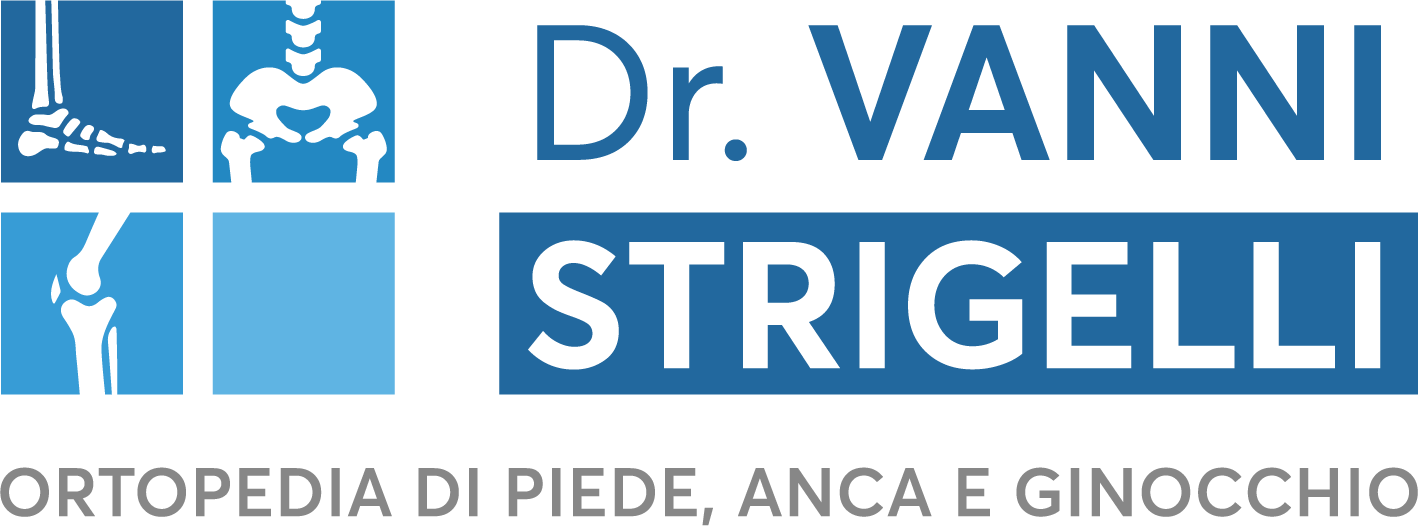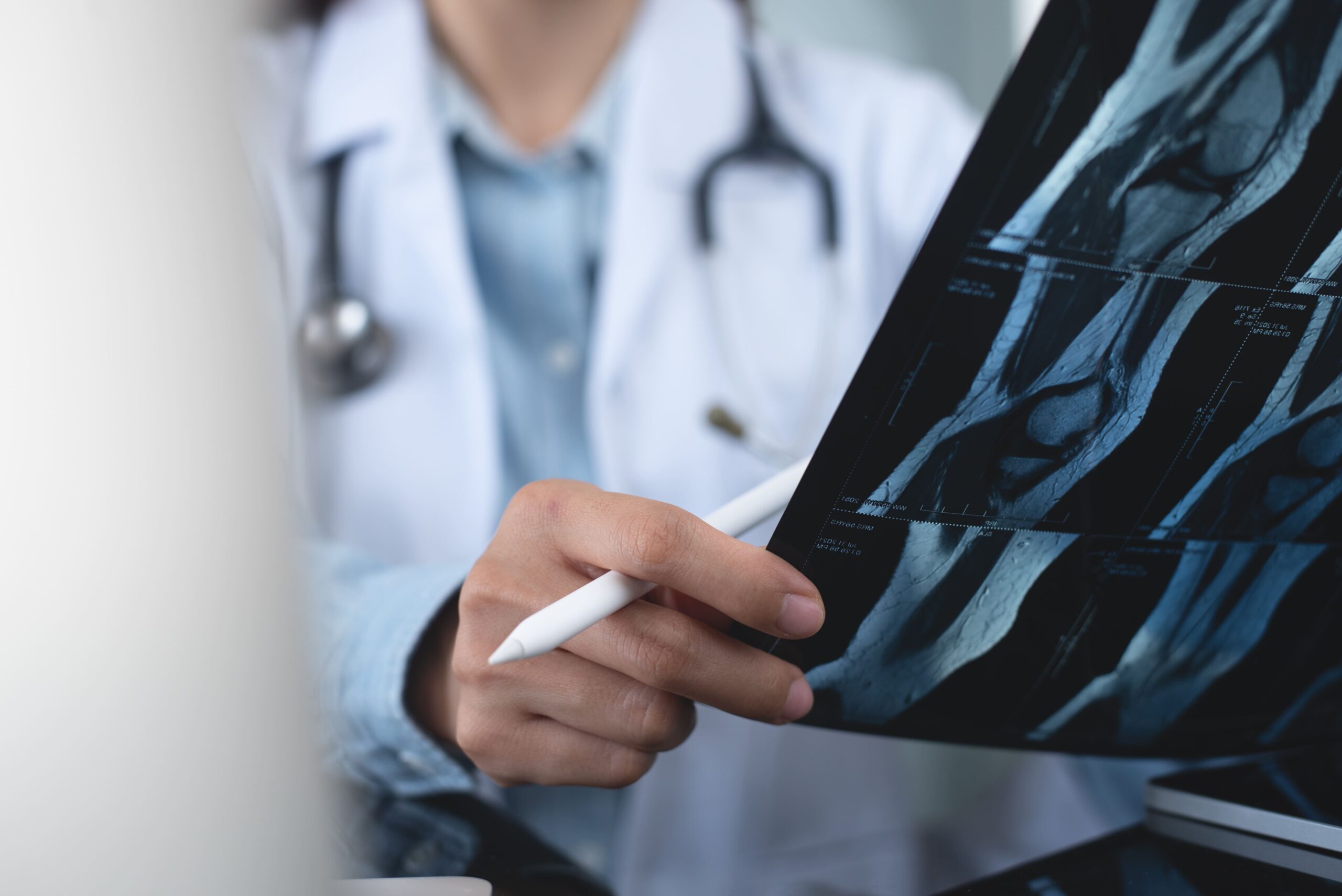A guide for patients who undergo knee prosthesis intervention.
If you are scheduled for knee prosthesis surgery, here is a step-by-step guide to support you through the procedure.
The knee is one of the most complex joints in the human body.
It allows complete movements of flexion, bending, extension, rotation and sliding and is composed of three types of bones: the femur, tibia and patella, covered by articular cartilage that enables all movements without any pain.
One of the main reasons you experience pain is due to the thinning of the cartilage lining, whose function is to make these surfaces smooth.
If you are in this condition, it means your joint is damaged and the only definitive solution is to undergo surgery.
A knee prosthesis involves replacing the knee joint with a specially designed artificial but biocompatible implant: when the entire joint is replaced, it is called a total knee prosthesis, while if only part of the joint is replaced, it is called a partial or unicompartmental prosthesis.
In this guide we will cover:
- the main methods for managing knee pain;
- how to prepare before knee prosthesis surgery;
- essential exercises for a proper and quick recovery.
The main methods for managing knee pain
Before opting for surgery, if possible and if the pain does not severely limit your daily activities and rest, a conservative therapy is prescribed by the specialist.
Conservative therapy includes several treatments:
- physical exercise: light physical exercises, alternated with periods of rest, are advisable for a healthy lifestyle and to preserve knee health. At rest you can also use cold packs to help the joint;
- weight control: weight loss effectively alleviates knee pain by reducing the load and friction on the joint during standing. This method plays a crucial role throughout the period, from pre-operative to rehabilitation and complete recovery.
- physiotherapy protocol: physiotherapy consists of a series of individualized exercises targeting specific movement issues to minimize pain and increase mobility;
- pharmacological therapy: medications can reduce pain and inflammation or support the cartilage;
- supplements: other treatments to alleviate pain include supplements composed of glucosamine and chondroitin and methylsulfonylmethane (MSM).
- injections: pain relief therapies using corticosteroids and hyaluronic acid. The latter also acts as a joint lubricant with anti-inflammatory effects. These drugs are administered directly through injection into the joint. PRP and stem cells have not shown good results in osteoarthritis.
It is always important to talk to the specialist doctor before undergoing any therapy.
Surgical treatment
When conservative methods fail or no longer provide benefits, prosthetic surgery remains the best and definitive solution, capable of alleviating pain, correcting any deformities and improving the quality of your life.
Over the years minimally invasive surgical techniques and technological advancements in implants, which are increasingly durable and customizable to the patient’s characteristics, enable early and rapid functional recovery.
However, adequate rehabilitation therapy is essential and indispensable for achieving maximum functional recovery.
How to prepare before knee prosthesis surgery
For a successful surgery outcome your education and participation are crucial.
Participation in a pre-operative rehabilitation program can significantly improve the recovery process after knee replacement surgery.
Surgery is an important part of the process, but your commitment to therapy and exercise is fundamental to maximizing the rapid recovery of your knee.
Before the actual surgery you should follow some guidelines:
- bring comfortable pajamas and/or shorts;
- use comfortable, closed sneakers with Velcro, or non-slip socks;
- learn to stay on top of the bed, not in the bed;
- practice knee flexion on your own while sitting and do strengthening exercises while lying down;
- utilize common areas of the ward: cafeteria, TV room, terrace, accompanied by staff;
- remember, you are not sick; you are a patient who is about to heal definitively;
- avoid getting out of bed abruptly; proceed with caution;
- use crutches following medical instructions;
- ask for help with any doubts.
Essential exercises for a proper and quick recovery
Now let’s look at some exercises you will need to do for a quick recovery, with sets of 10 repetitions, three times a day.
Ankle flexion extensions
Slowly move the ankle, foot and toes up and down. You can repeat the exercise several times during the day to reactivate the calf’s venous pump.
Thigh strengthening
Isometric quadriceps contraction. Contract the thigh muscle, trying to extend the knee (push it against the mattress) and hold it for 5-10 seconds.
Knee flexion
Without lifting the pelvis, flex and extend the knee by sliding the heel on the bed. Sit on the bed with your legs out.
Actively bend your knee and assist it to bend using the knee of your healthy leg.
Quadriceps muscle strengthening
Flex the healthy knee, contract the thigh muscle with the knee extended and lift the leg 30 cm from the bed. Hold the position for 3-5 seconds, then slowly lower it.
It is very important to know that everyone recovers at different times: a successful surgery and adequate rehabilitation guarantee complete and functional motor performance recovery.
For more information on knee prosthesis surgery and rehabilitation contact Dr. Vanni Strigelli on this page.


